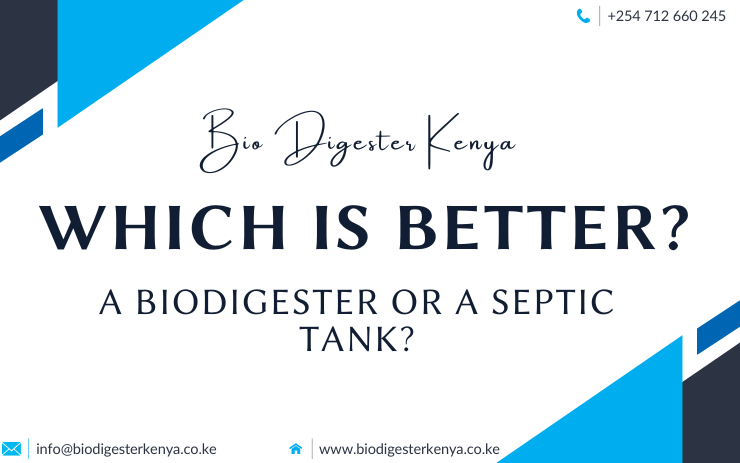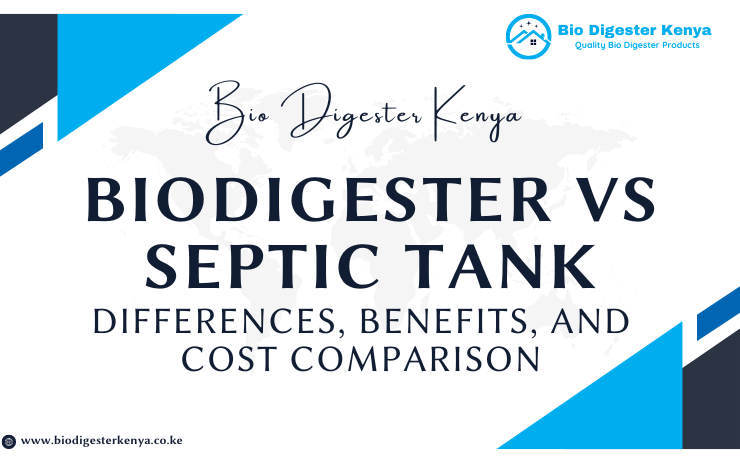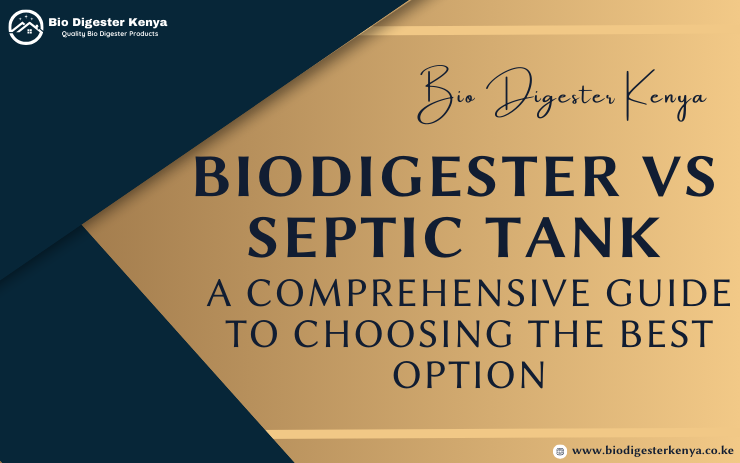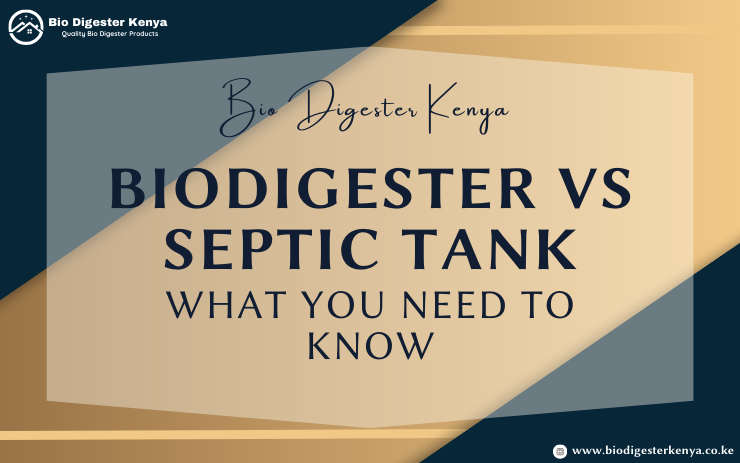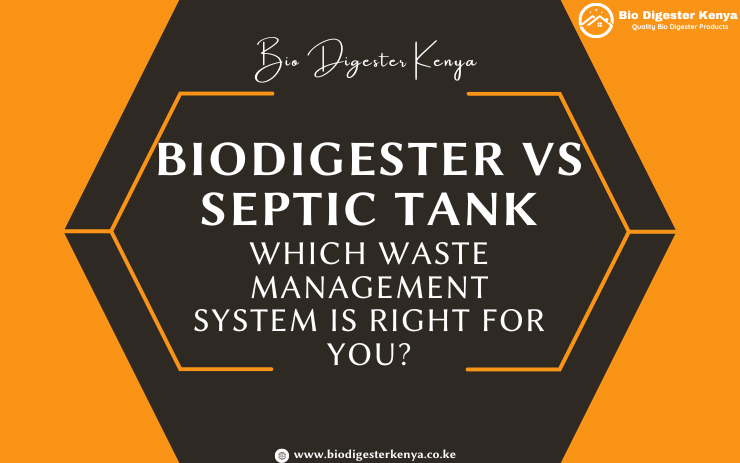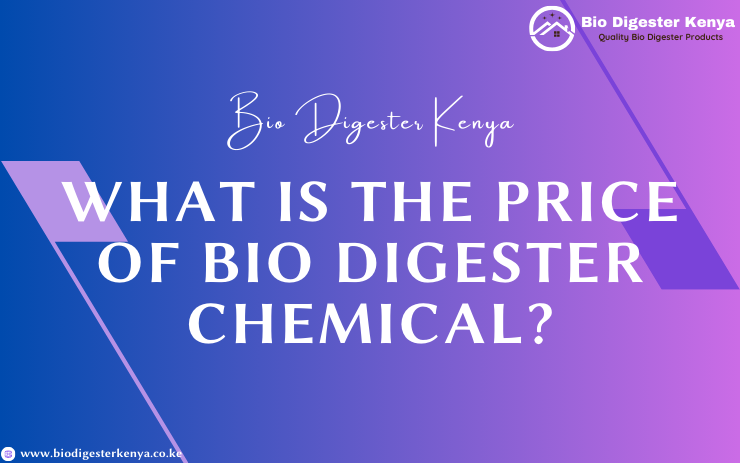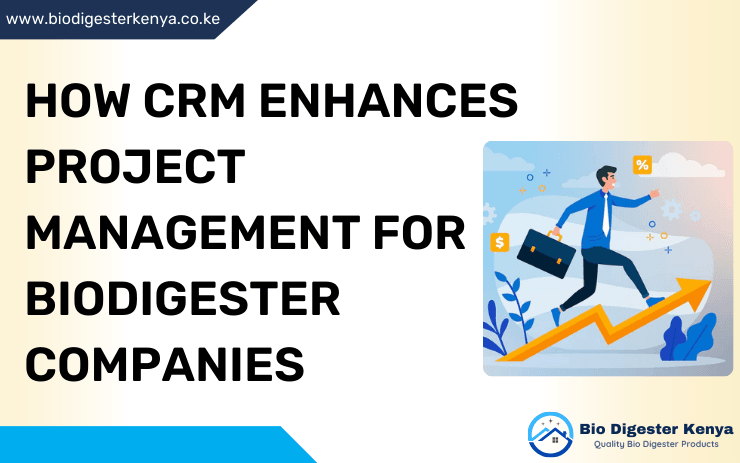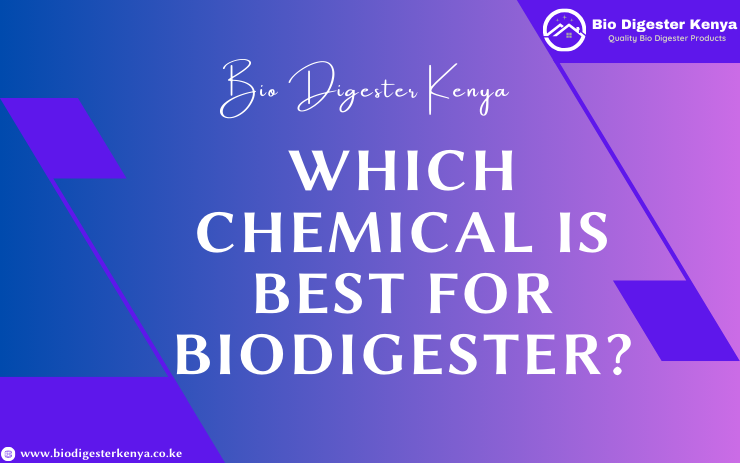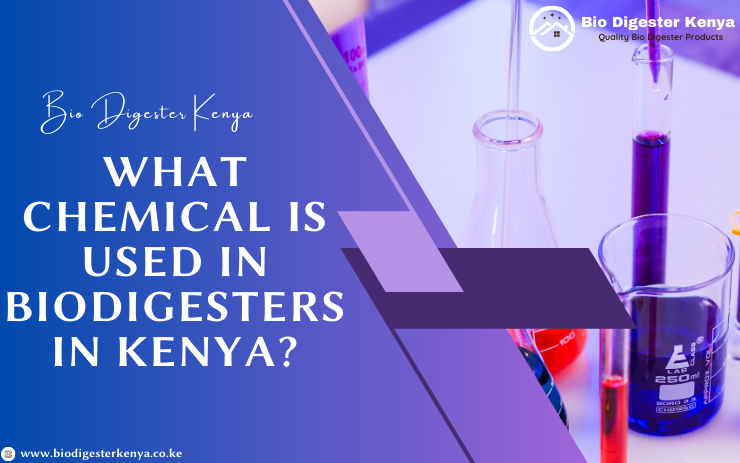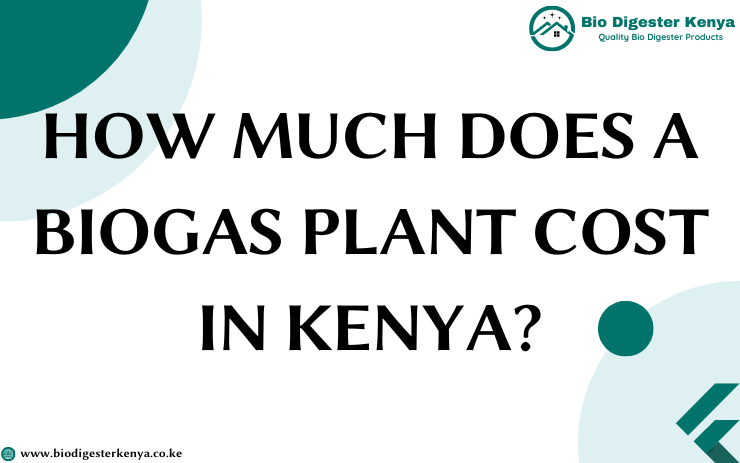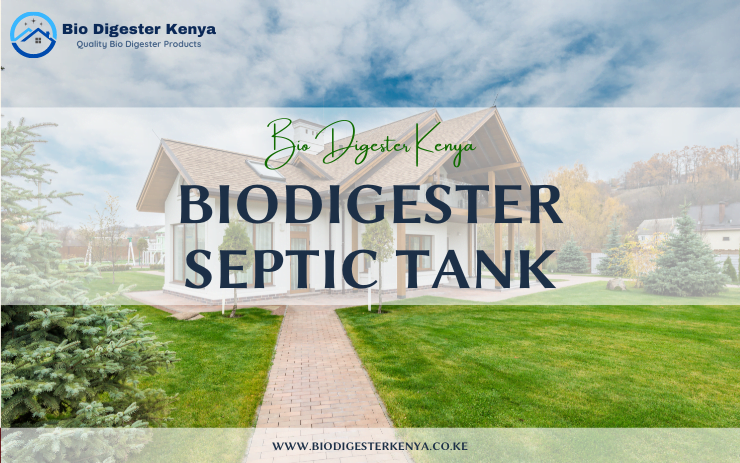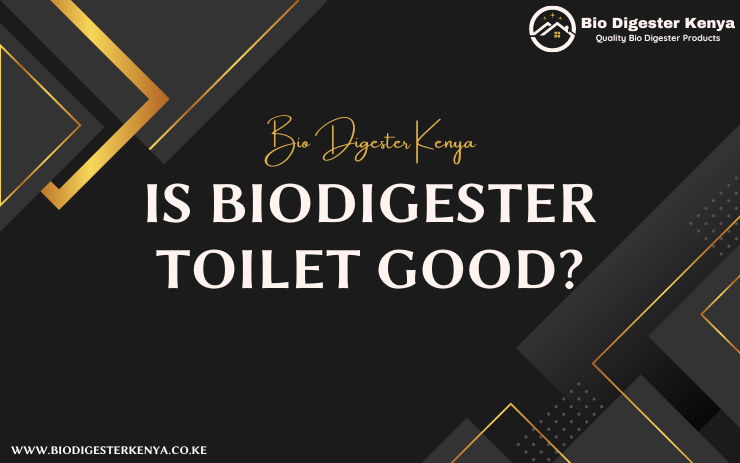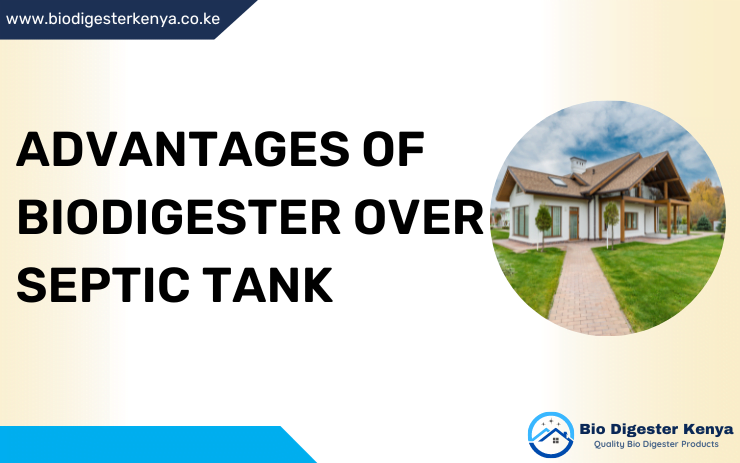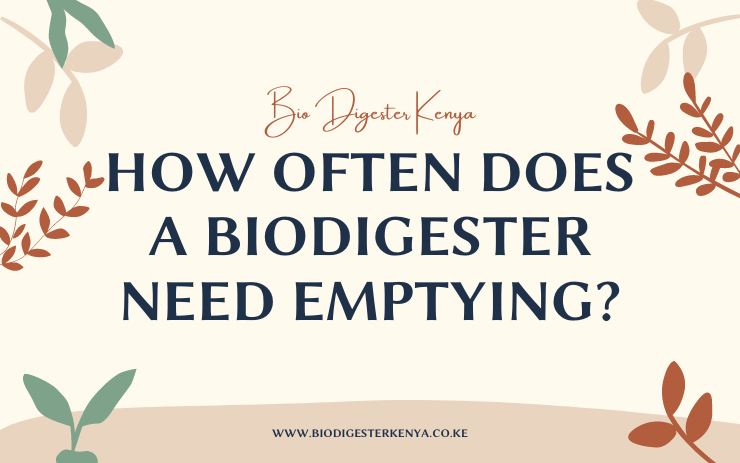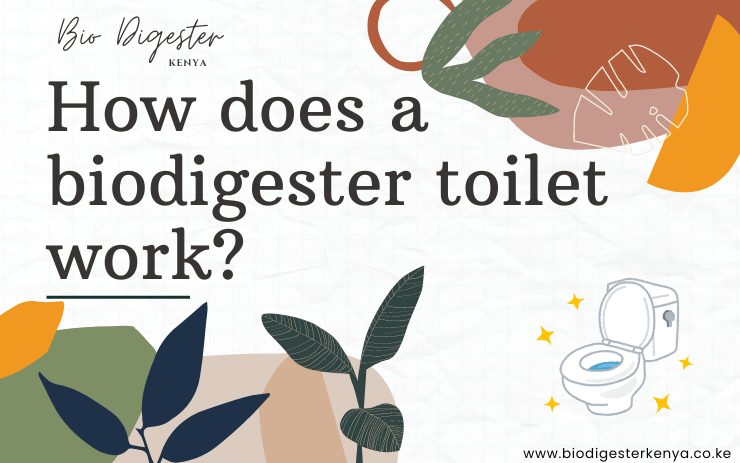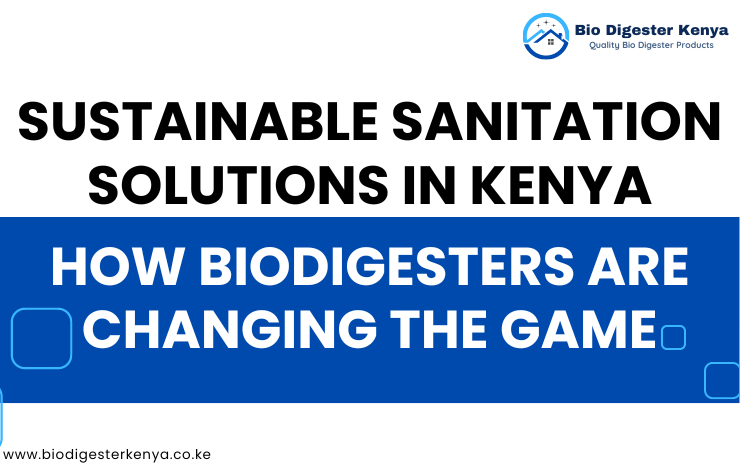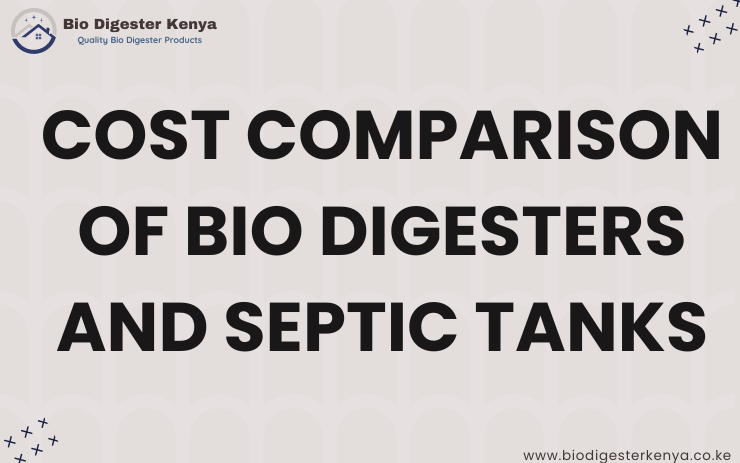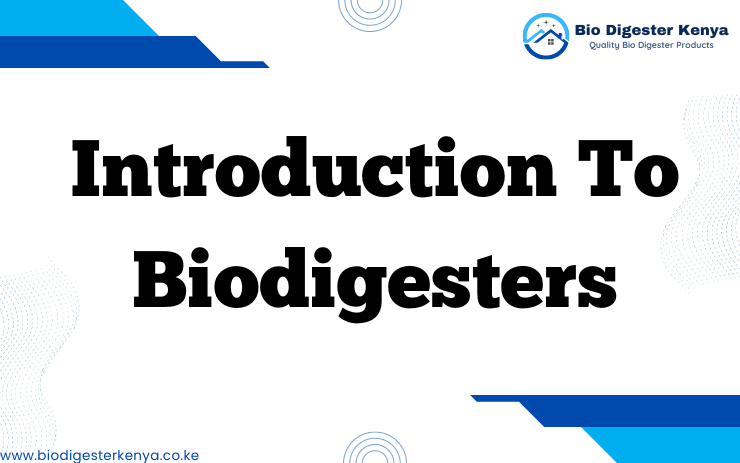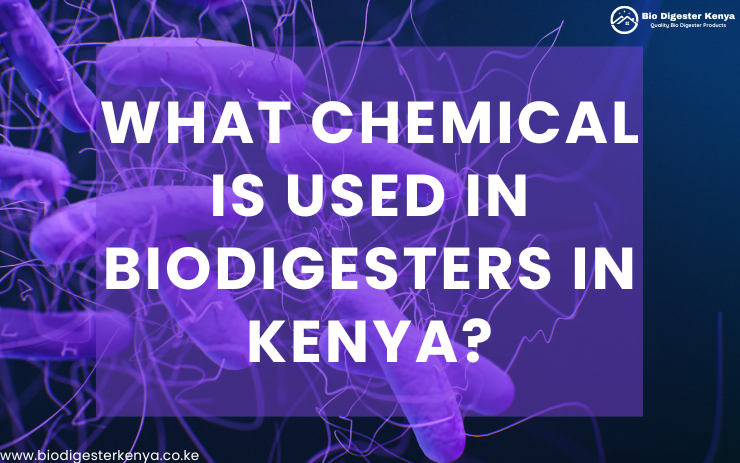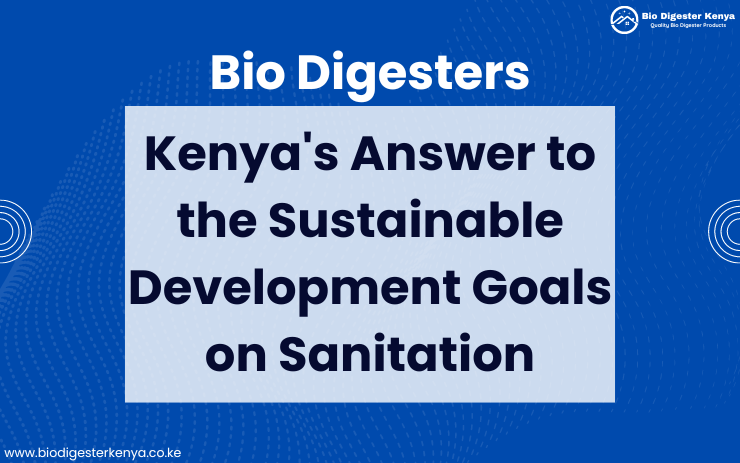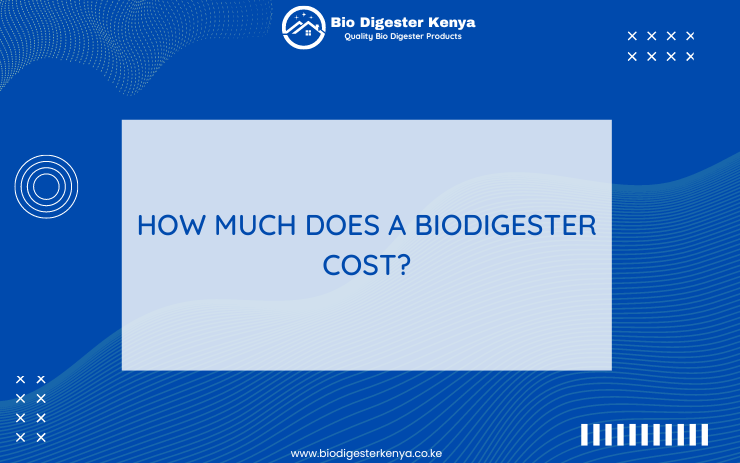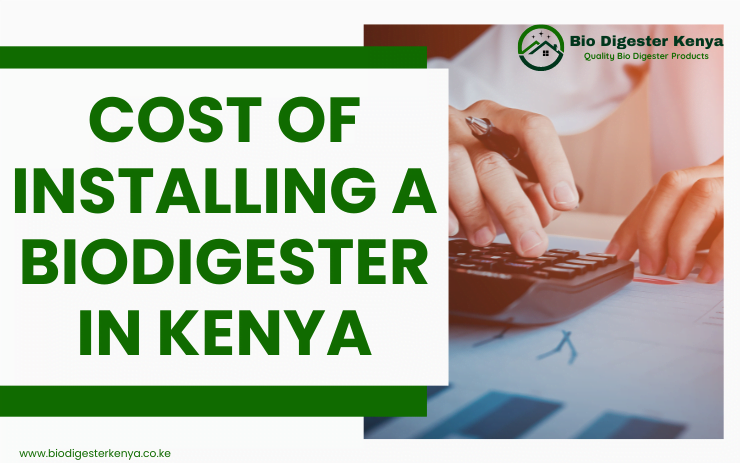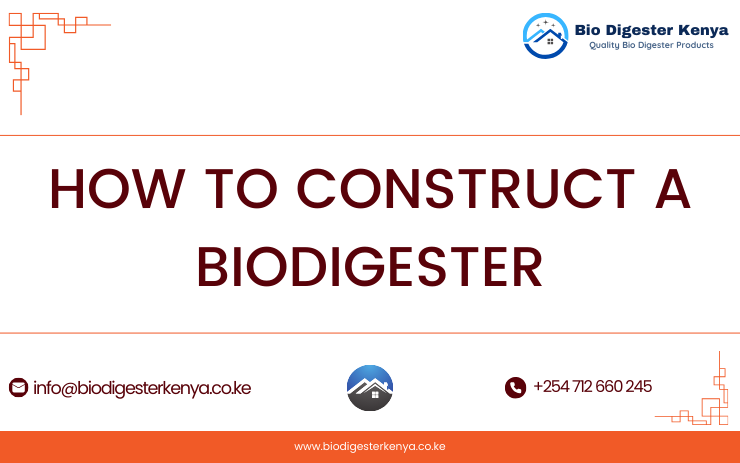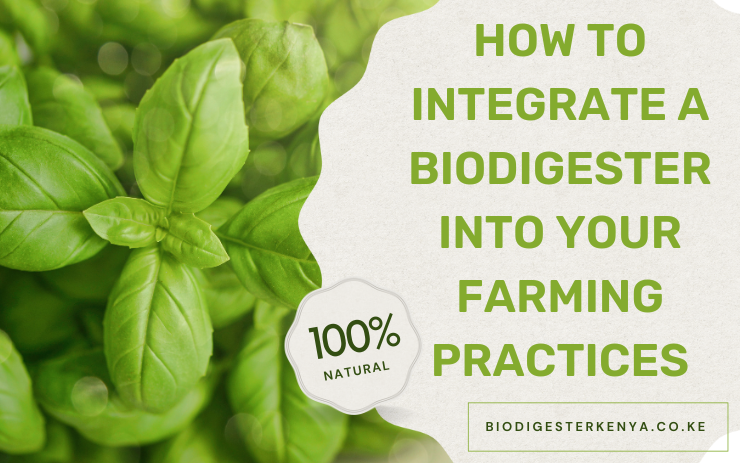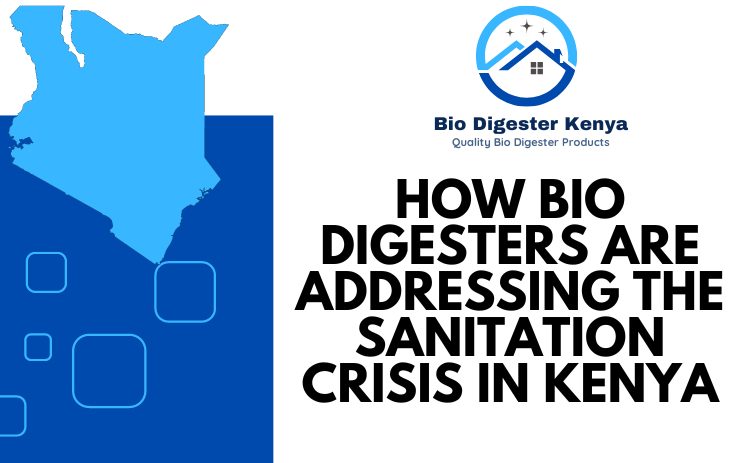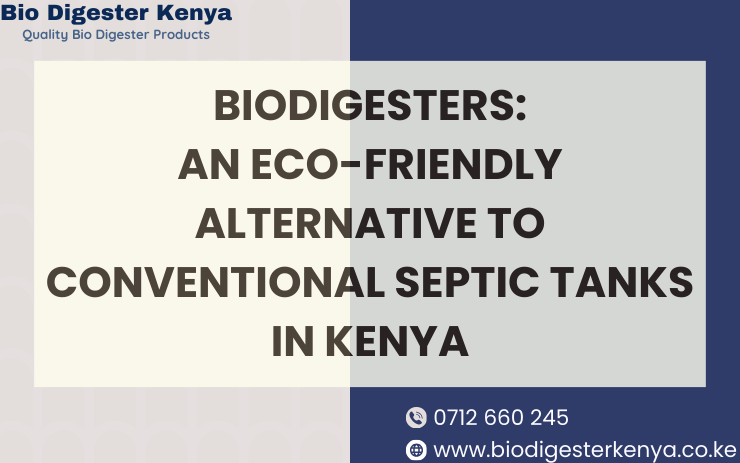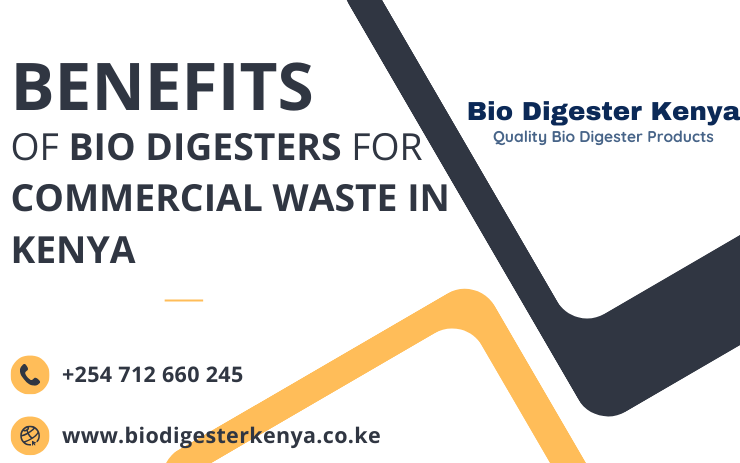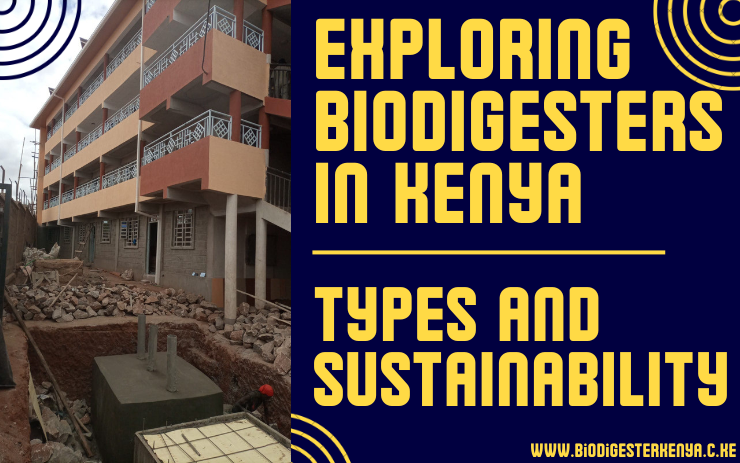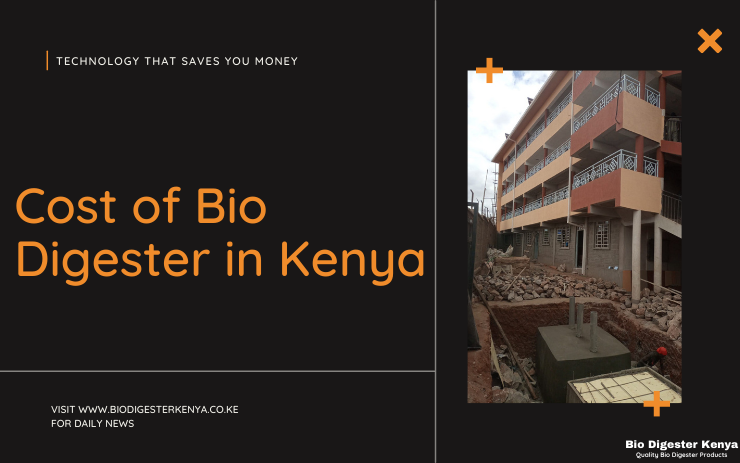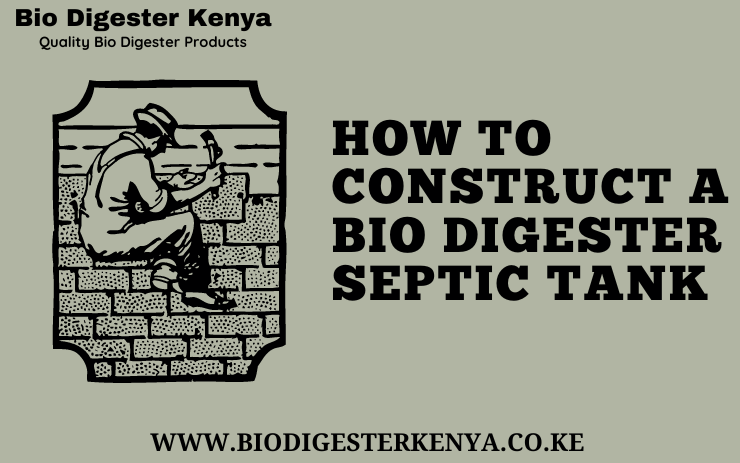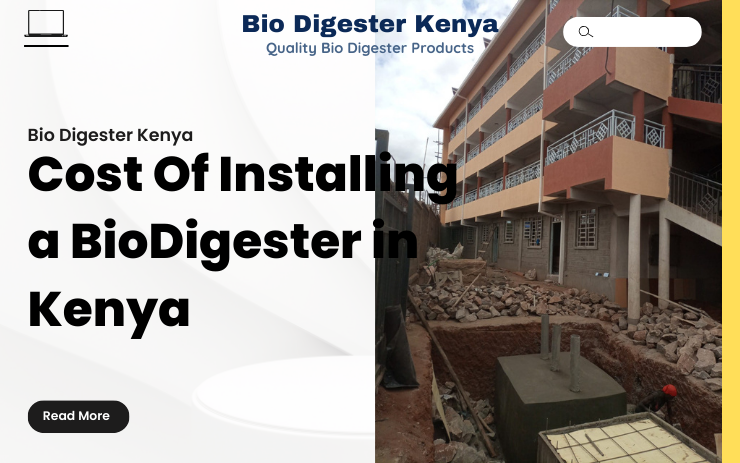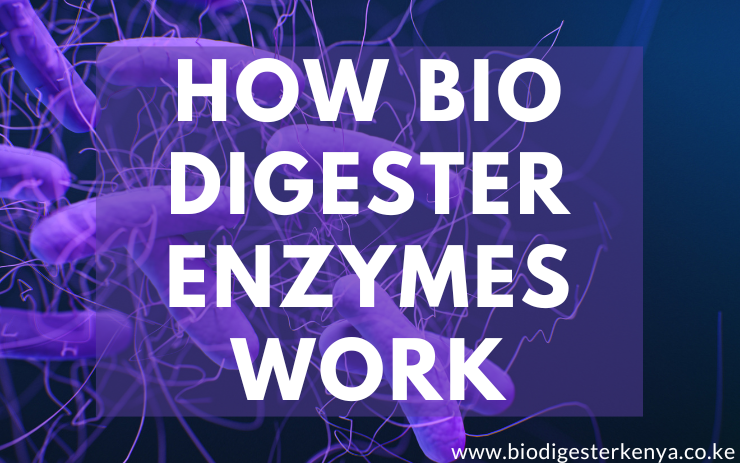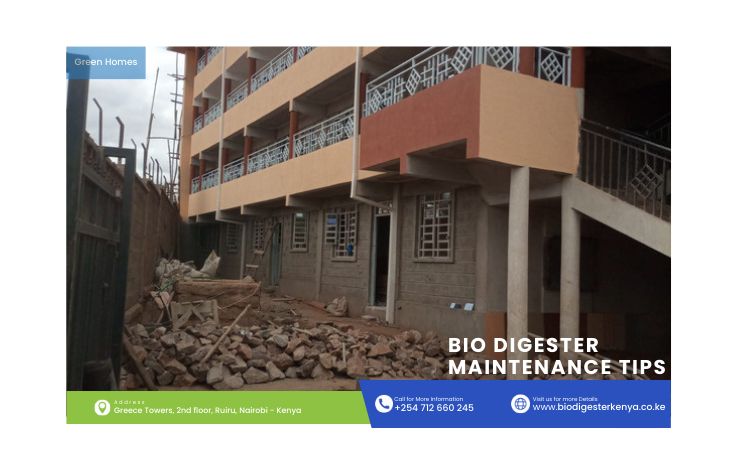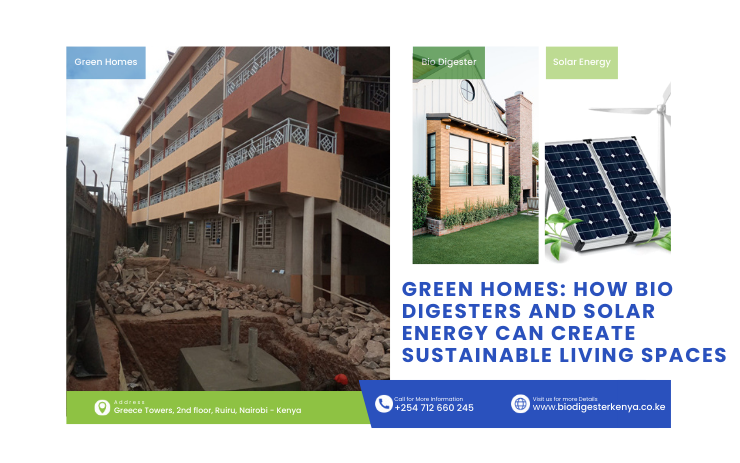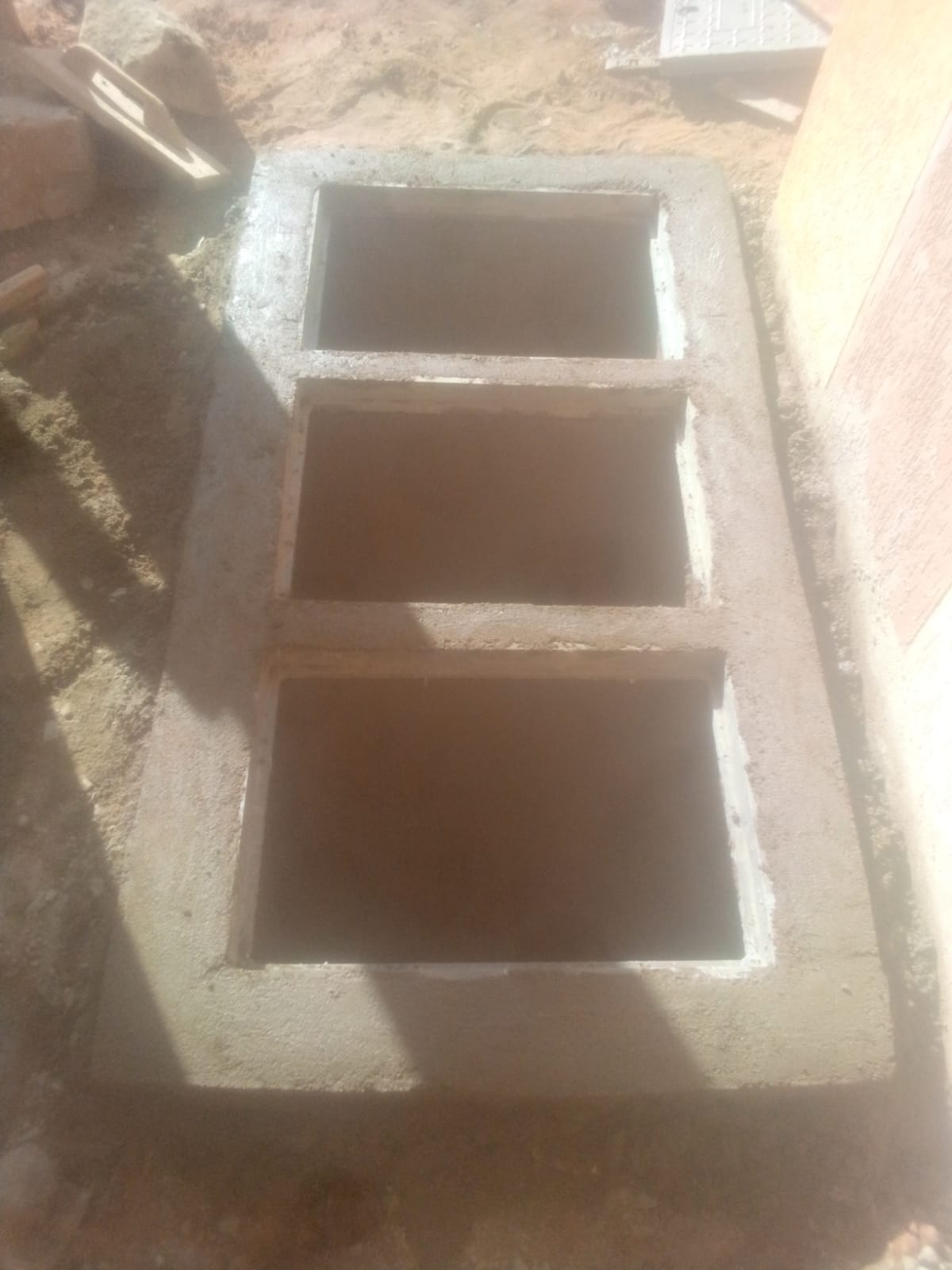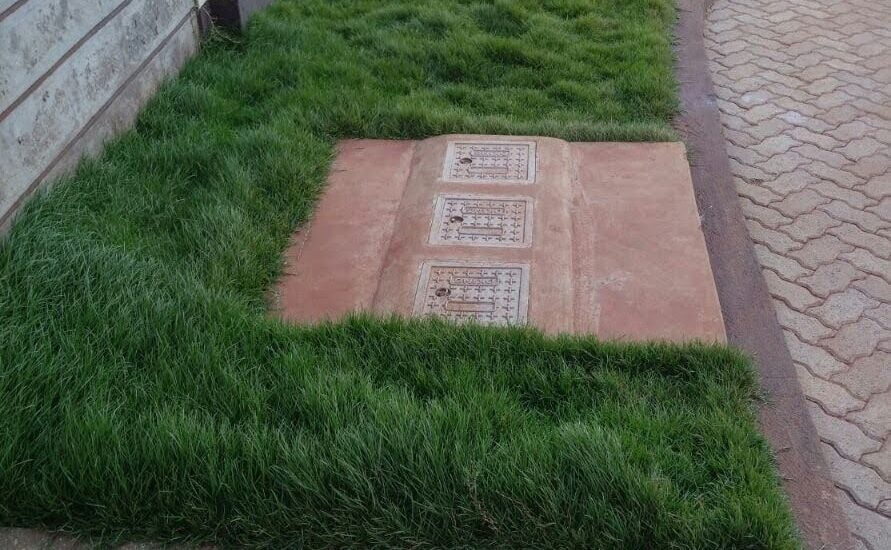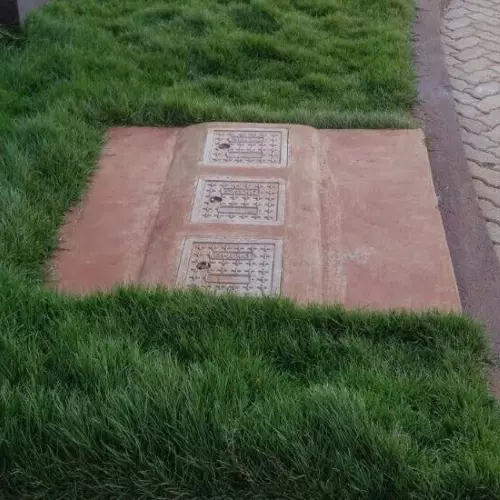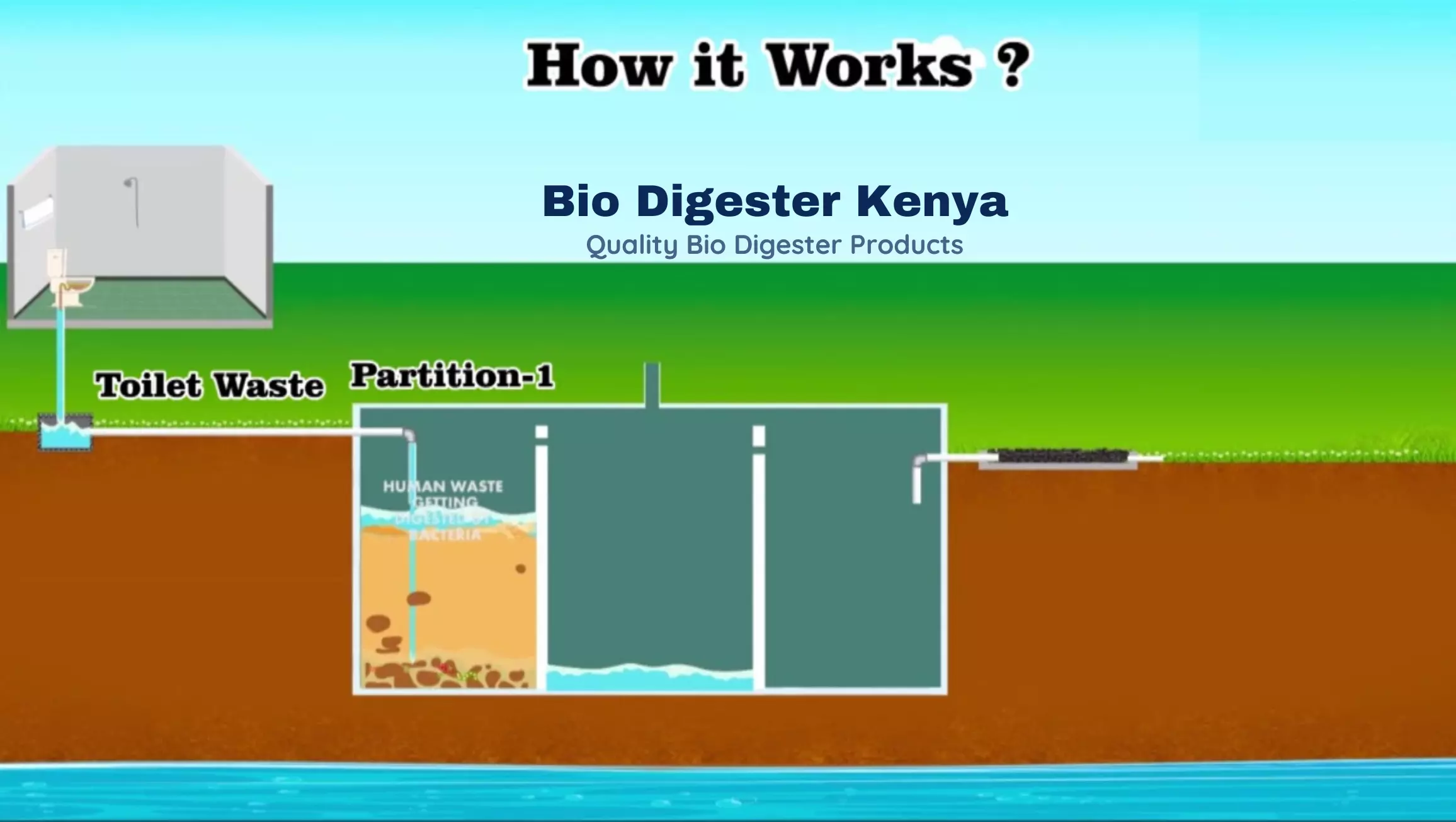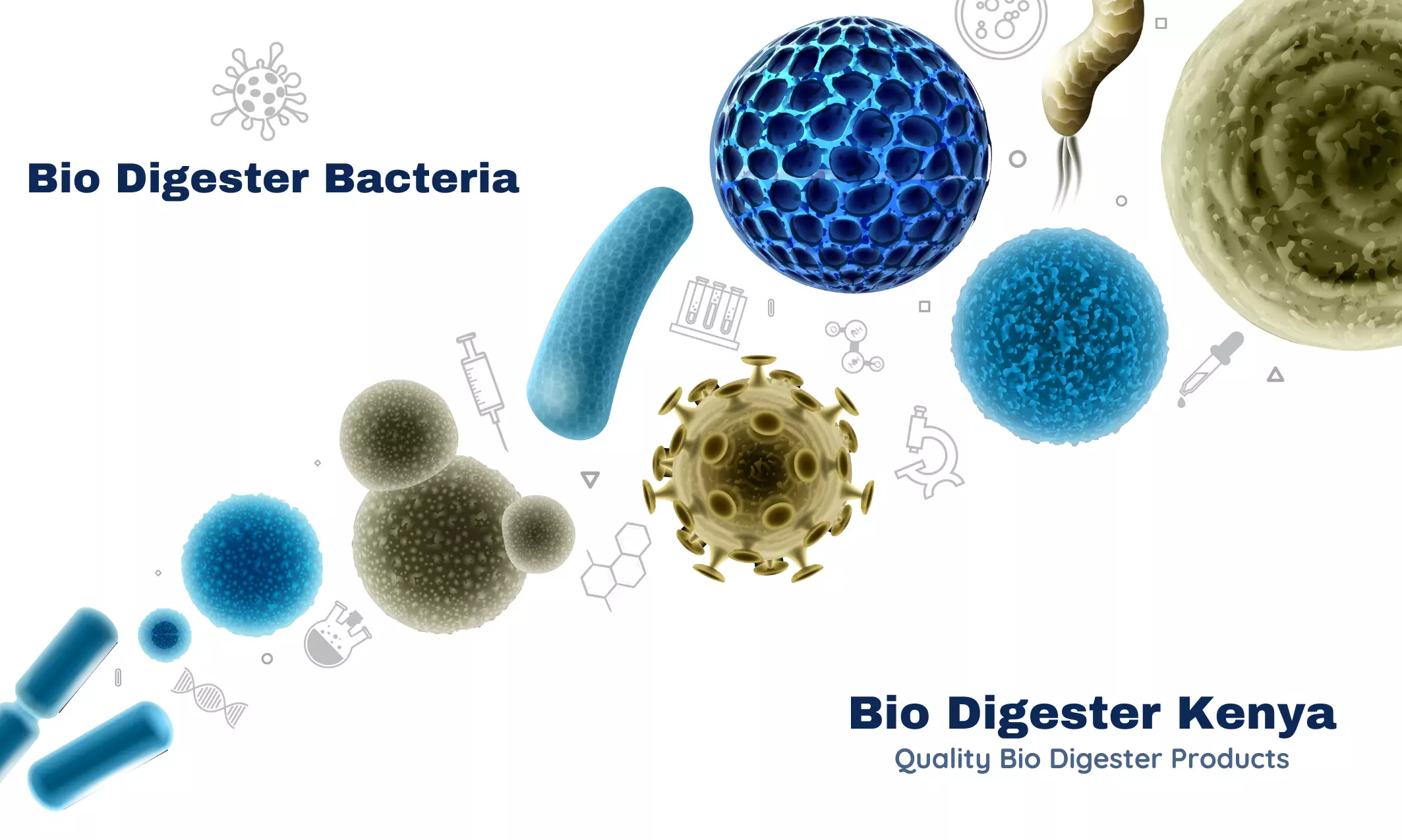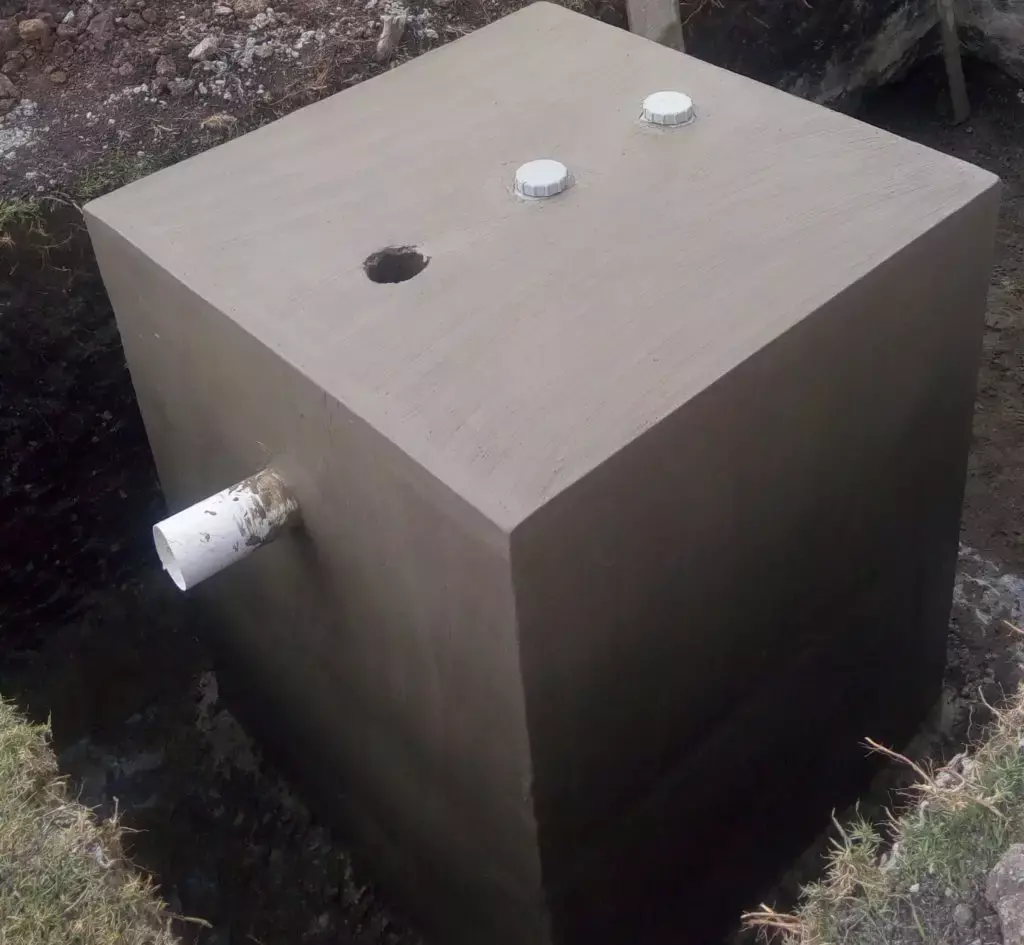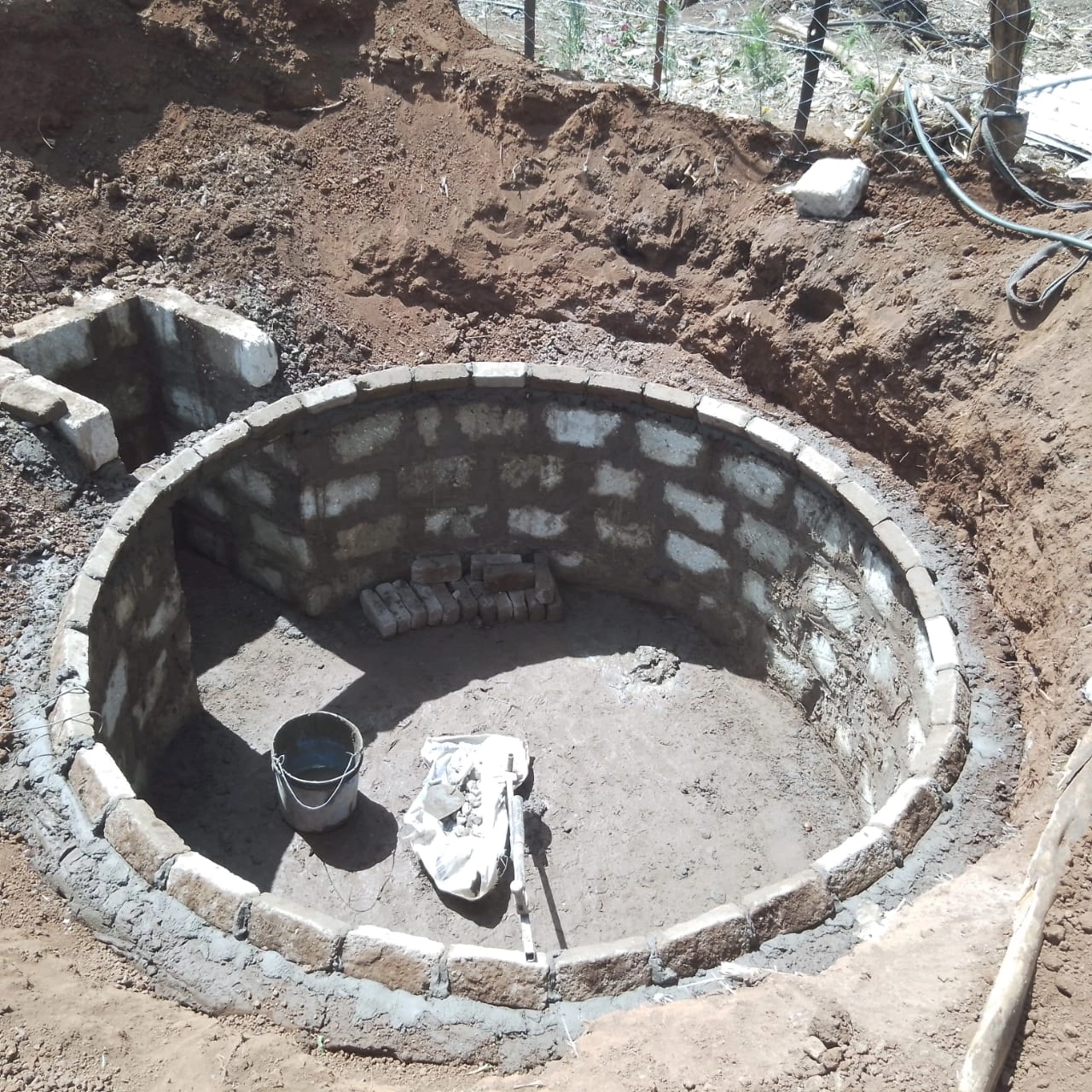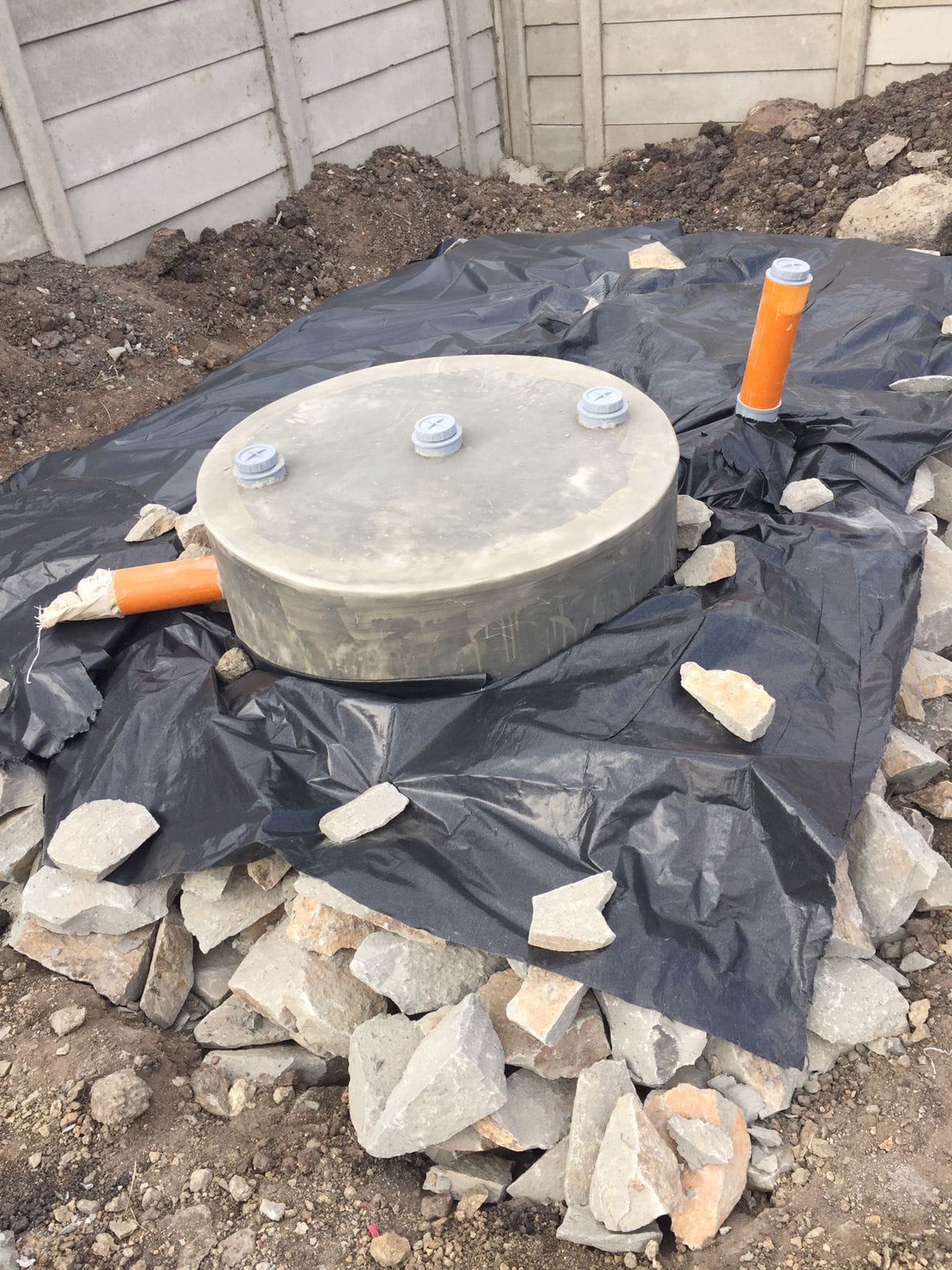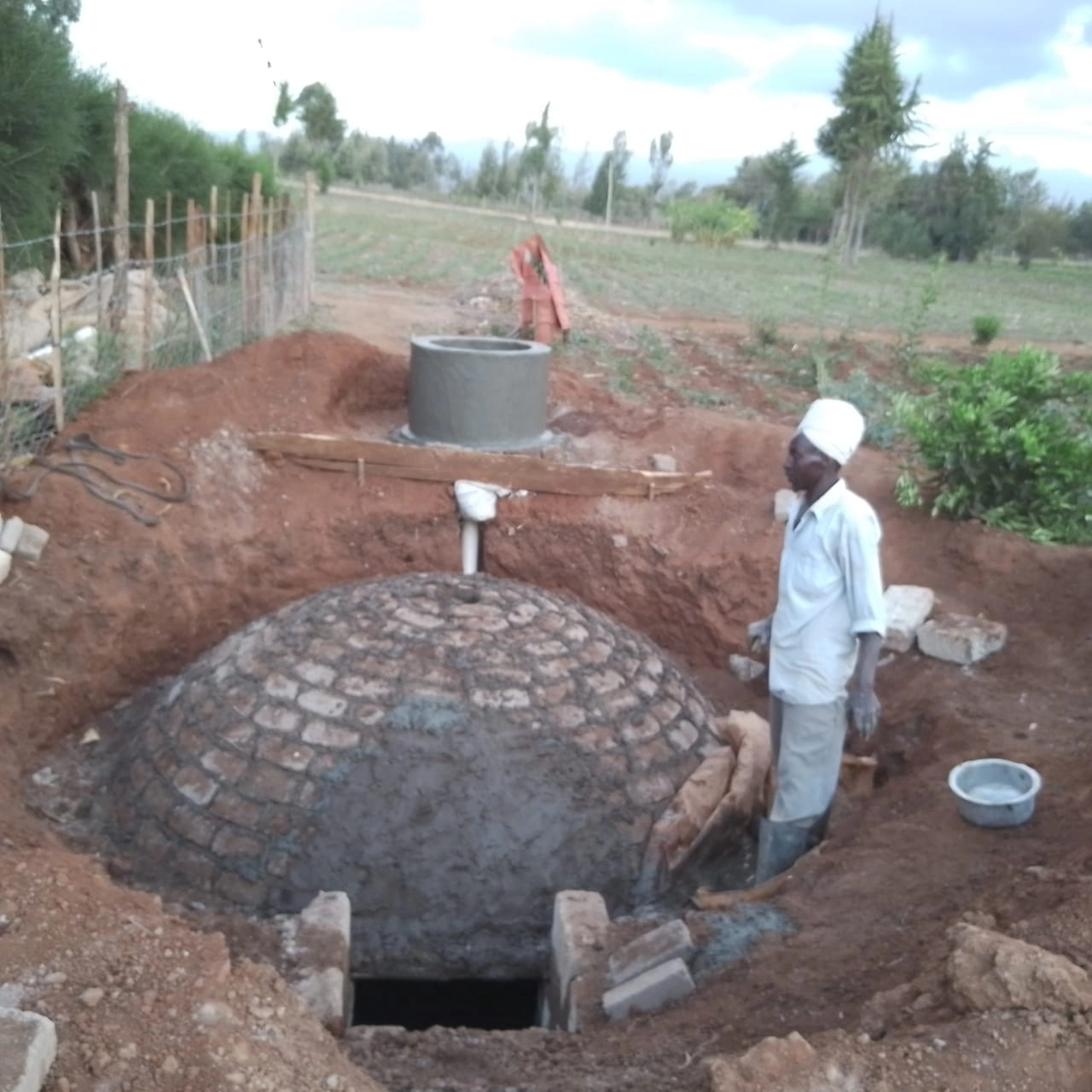When considering a biodigester septic tank for your home or business, a common question that comes up is, “Where does the water go?”
Understanding the destination of the water and its environmental impact is crucial for anyone interested in this innovative waste management solution.
In this article, we’ll explore the journey of water through a biodigester, its safe disposal, and why choosing a biodigester from Bio Digester Kenya is a smart, eco-friendly choice.

How Does a Biodigester Work?
To understand where the water goes, it’s essential first to grasp how a biodigester operates.
The Role of Biodigester Enzymes
Biodigesters rely heavily on specialized enzymes to break down waste.
When waste enters the biodigester, these enzymes kick into action, breaking down the organic matter into simpler forms.
Breaking Down Waste
The enzymes effectively digest the waste, turning it into water, carbon dioxide, and methane.
This process is natural, eco-friendly, and highly efficient.
The Byproducts: Water and Air
The end products of this process are water and a small amount of biogas (mostly methane and carbon dioxide).
The biogas is safely vented out, while the water becomes the primary focus of our discussion.
The Journey of Waste in a Biodigester
The process begins when waste is flushed from the toilet into the biodigester.
From Toilet to Biodigester
Once the waste reaches the biodigester, the enzymes begin their work.
Over time, the solid waste is broken down, leaving behind water and gas.
Transformation Process
This transformation is both rapid and efficient, reducing the volume of waste significantly and producing clean, safe byproducts.
Water and Air Separation
The biogas is separated and vented, while the water is directed towards a soakaway system, which is where the next part of our journey begins.
Where Does the Water from a Biodigester Go?
So, after all this breakdown and separation, where does the water end up? The answer lies in the soakaway system.
The Soakaway System
The water from the biodigester doesn’t just sit in the tank; it’s channeled to a specially designed soakaway pit.
Understanding the Soakaway Pit
A soakaway pit is a hole in the ground, typically filled with gravel, that allows water to percolate through the soil.
This natural filtration process ensures that the water is safely absorbed into the earth.
How Water Is Absorbed by the Ground
The water gradually seeps into the surrounding soil, where it is absorbed and eventually recharges the groundwater.
This method is not only effective but also environmentally sound.
Environmental Impact of the Soakaway System
The soakaway system plays a vital role in ensuring that the water from the biodigester is disposed of safely and sustainably.
Groundwater Recharge
One of the key benefits of a soakaway system is its ability to recharge groundwater supplies.
In a country like Kenya, where water scarcity can be an issue, this is an invaluable advantage.
Preventing Water Contamination
The filtration that occurs as water moves through the soil ensures that it is clean and free from contaminants by the time it reaches the groundwater.
This process is crucial in preventing any potential environmental pollution.
Is the Water Safe?
You might wonder if the water that leaves the biodigester and enters the soakaway system is safe.
Purity of the Water Released
The water produced by a biodigester is surprisingly pure.
The thorough breakdown of waste by enzymes ensures that the water is free from harmful bacteria and pathogens, making it safe for the environment.
Environmental Safety Standards
Bio Digester Kenya adheres to stringent environmental safety standards, ensuring that all systems we install produce water that is safe and non-polluting.
Benefits of a Biodigester Septic Tank
Biodigesters offer several advantages over traditional septic tanks.
Eco-Friendly Waste Management
Biodigesters are a greener choice, reducing the environmental impact of waste disposal by turning waste into harmless byproducts.
Space Efficiency
Unlike large, cumbersome septic tanks, biodigesters are compact and can be installed in a variety of locations, making them ideal for both urban and rural settings.
Cost Savings Over Time
While the initial investment might be higher, the long-term savings are significant.
Biodigesters require less maintenance and no frequent pumping, leading to lower ongoing costs.
Low Maintenance Requirements
With fewer moving parts and a self-sustaining process, biodigesters are easy to maintain, saving you time and money in the long run.
Why Choose Bio Digester Kenya?
When it comes to installing a biodigester septic tank, Bio Digester Kenya is the expert you can trust.
Expertise in Biodigester Design and Installation
We bring years of experience and local knowledge to each project, ensuring that your biodigester is perfectly suited to your needs.
Tailored Solutions for Kenyan Homes and Businesses
Every installation is customized to meet the specific requirements of your property, whether it’s a residential home or a commercial space.
High-Quality Biodigester Enzymes
The enzymes we use are of the highest quality, ensuring that your biodigester operates efficiently and effectively.
Exceptional Customer Support
We don’t just install your biodigester and walk away. Bio Digester Kenya offers comprehensive support to keep your system running smoothly.
Ongoing Maintenance and Support Services
Our team is always on hand to provide maintenance, troubleshoot issues, and ensure that your biodigester continues to perform at its best.
The Process of Installing a Biodigester Septic Tank
Here’s what you can expect when you choose Bio Digester Kenya to install your biodigester.
Initial Consultation and Site Assessment
We start with a thorough consultation to understand your needs, followed by a detailed site assessment to determine the best placement and system design.
Custom System Design
Based on the assessment, we create a custom design that fits your property and meets all necessary regulations.
Professional Installation
Our experienced team handles the installation, ensuring that every component is correctly installed and functioning as it should.
Post-Installation Support
Even after the installation is complete, we provide ongoing support to ensure your biodigester continues to operate efficiently.
Frequently Asked Questions (FAQs)
- How long does it take for water to be absorbed in a soakaway? The absorption rate depends on the soil type and the volume of water, but typically, the process is gradual and continuous, ensuring that the water doesn’t accumulate or cause any issues.
- Can the soakaway system cause waterlogging? No, when properly designed and installed, the soakaway system is highly effective at dispersing water, preventing waterlogging even during heavy rainfall.
- Is there any risk of groundwater contamination? Not with a well-maintained biodigester. The water released is clean and safe, and the natural filtration in the soakaway pit ensures it does not contaminate groundwater.
- How often should the soakaway system be inspected? It’s recommended to inspect the soakaway system annually to ensure it’s functioning correctly, although issues are rare with biodigester systems.
- Can the biodigester handle large volumes of waste? Yes, biodigesters are scalable and can be designed to handle waste from both small households and large commercial operations effectively.
Conclusion
Investing in a biodigester septic tank is a smart, eco-friendly decision that offers numerous benefits.
Not only does it provide a sustainable solution for waste management, but it also ensures that water is safely and effectively disposed of.
When you choose Bio Digester Kenya, you’re choosing quality, expertise, and a commitment to the environment.
Don’t settle for outdated, inefficient waste management systems—upgrade to a biodigester today and enjoy peace of mind knowing you’ve made the right choice for your home, business, and the planet.

